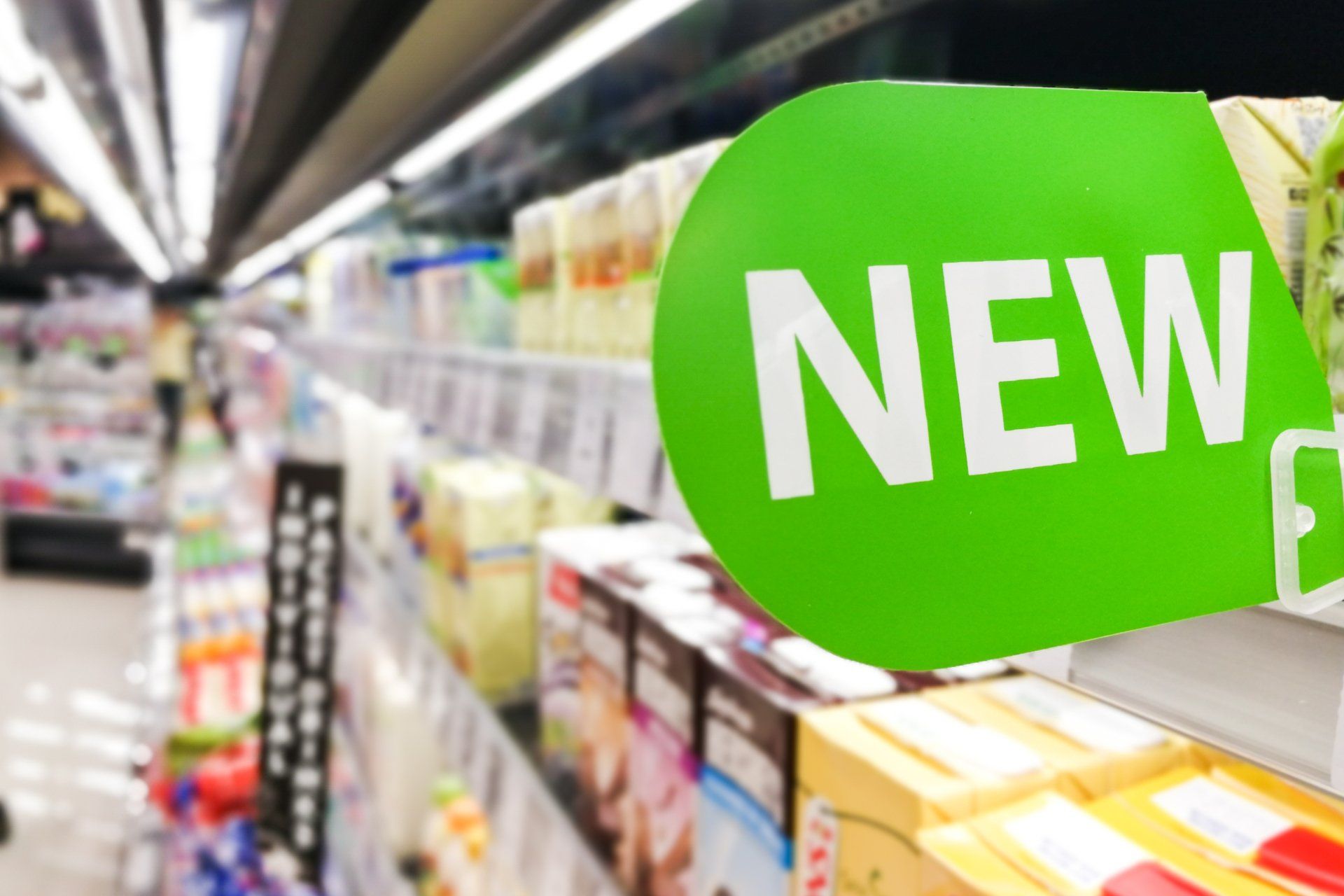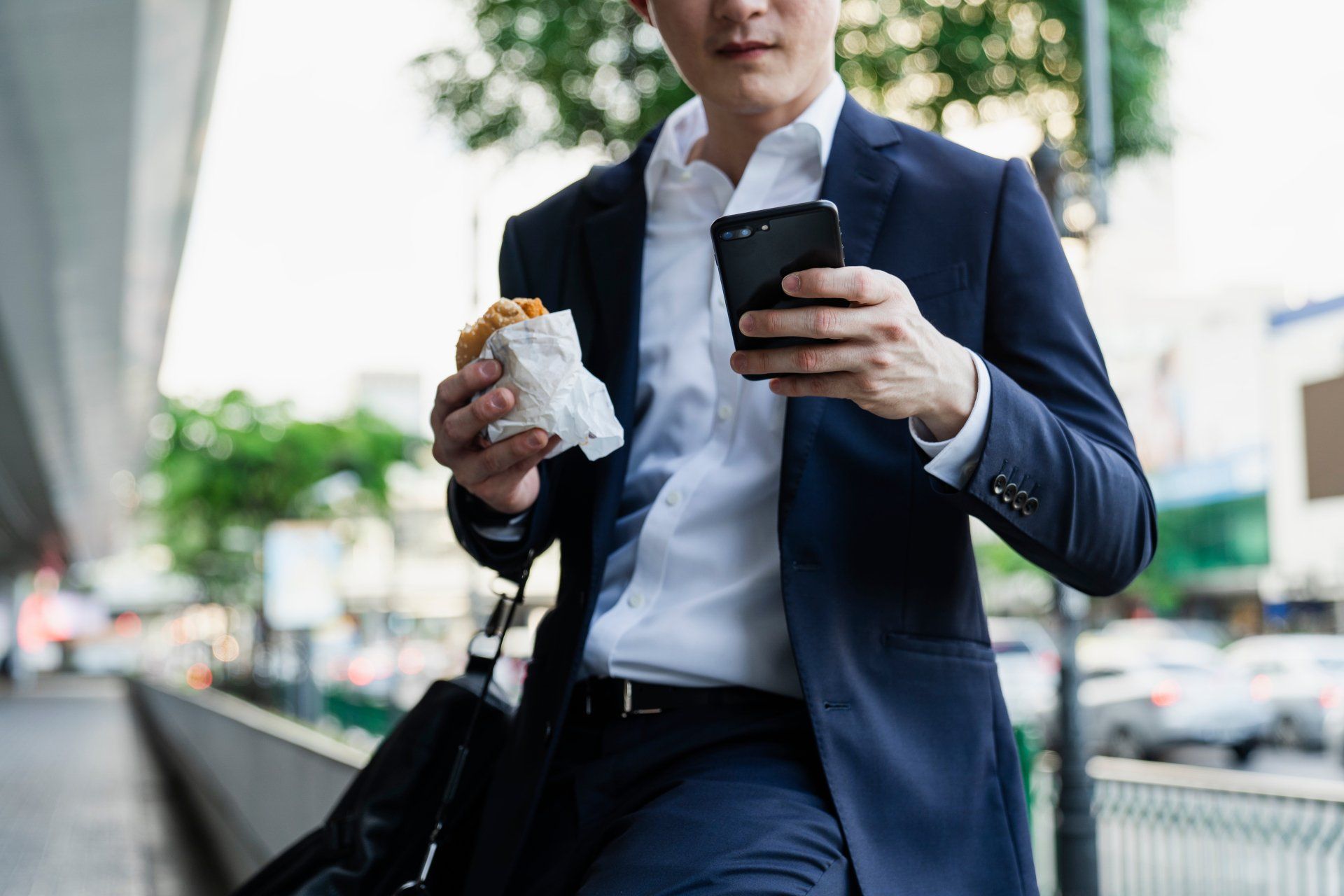Tiffani Konstandi | Sep 21, 2021
Industry Insights / 2021: What does going back to school look like?
Now that normality has returned, parents will be preparing for their children to return to school in the autumn. With shopper behaviours constantly changing in the last year, will parents continue to prepare food at home, or will they go back to relying on food-to-go?

Shopper behaviour is constantly changing
We saw many shifts in consumer behaviour due to the pandemic. At the start, people were panic buying items like toilet roll. Now that people have learned to cope with staying home more often, cooking has taken over the commute, separating between the time at work and home. The annual Waitrose Food and Drink Report claimed in December that more than 50% of households have shifted their focus to planning recipes and meals.
With the first lockdown, a shift in consumer behaviour towards online shopping followed. The survey of 2,000 adults and data from millions of purchases in-store and online in 2020, showed that 25% of consumers shopped online for food for the first time last year.
Now that restrictions have eased, pre-COVID habits are starting to become more obvious with shoppers. According to Kantar, the first week of September showed the highest supermarket footfall all year, with the exemption of the Easter period. This has affected the online grocery market, where the average food shop dropped by almost £17 to £78.28.
Market shares for online grocery fell by 12.2% in September, in addition to a 13% drop during the month of August.
The decline from August was the lowest recorded level since May 2020 due to the return of in-store shopping.
Children are returning back to school, but what about COVID-19?
According to the Royal College of Paediatrics and Child Health, the majority of children and young people do not tend to display any COVID-19 symptoms, and if they do they are very mild. Therefore, it is vital to continue with the educational progress by returning to school and further education. Not only is this essential for their mental wellbeing but also for further development.
The government guidance explains the actions leaders should take in different school settings to minimise the risk of transmission of COVID-19. The final decisions have not been made on whether or not to include children in the vaccination rollout this autumn. Since kids resumed their schooling in the late spring, children got used to social distance measures and rules in order to stay and keep others safe.
Meal preparation
Despite the rise in home cooking trends during lockdown, there have been clear signs of fatigue. Chilled ready meals account for 75% of the ready meal industry, and September saw an increase of 11% in chilled ready meal purchases.
Habits are constantly changing, but now that things are slowly returning back to pre-COVID habits and people are returning to the office, it is likely that they will result to purchasing ready meals from retailers, and shy further away from home cooking. Many parents will no longer have time to prepare meals for their children, putting extra reliance on food-to-go and ready meals.
Even though things feel more normal, there have been concerns about the transmission of COVID-19 in food. Streetbees conducted a survey of 1,200 parents in the US and UK who have children under the age of 18. Parents were asked how they felt about food preparation and virus exposure risks.
Overall, 80% of parents preferred to prepare their children’s lunches since they could make them healthier, while 55% of parents had no concerns regarding COVID-19 transmission from food.
Parents in the US were more concerned, with 50% stating that they worried about the risk of infection from food.
In Schools
The Technology and School Transport Report 2021 predicts that fears of ongoing infection will increase car usage on the daily school run significantly. This will increase toxic air pollution and traffic around the school gates. This data stems from a survey of 250 British school leaders, where 23.2% acknowledged that infection fears are driving parents to use their cars more often, with the number increasing to 35% for parents who have children enrolled in independent schools. The Department for Transport (DFT) noted these trends, finding a 70% jump in car usage during the school year in comparison to pre-pandemic levels.
Back to School with WHSmith
WHSmith is great with helping parents get ready for the back to school period. They have prepared for the increase in demand during September, offering many different lunch options if parents are running short on time and a variety of books and stationery. It is the perfect one-stop-shop for students.

24/7 access to millions of commuters across all major conurbations and mindsets...
Create a campaign brief and we'll respond with a bespoke recommendation & commercial proposal...
CONTACT US
WHSmith Optimisation Team
(provided by RMI)
7 Bell Yard
Strand
London
WC2A 2JR
+44 20 8962 2300
USEFUL LINKS
STAY INFORMED
Subscribe
We will get back to you as soon as possible
Please try again later


